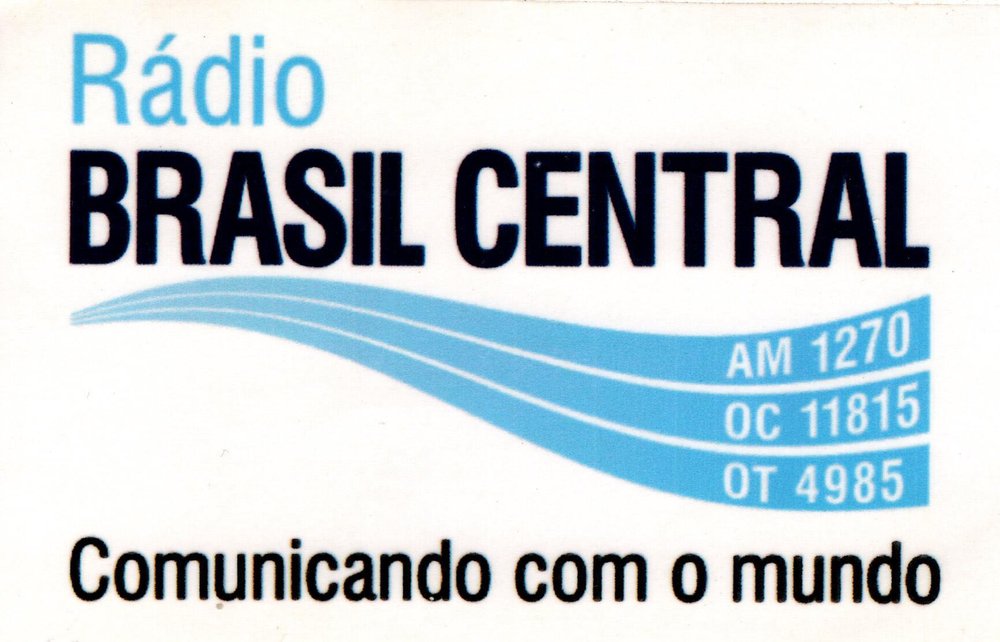
Many thanks to SRAA contributor, Paul Walker, who shares the following recording of Radio Exterior de España made on Wednesday, Apr 13, 2022 at 2053UTC on 15520kHz. Paul received and recorded this broadcast in McGrath, Alaska.

Many thanks to SRAA contributor, Paul Walker, who shares the following recording of Radio Exterior de España made on Wednesday, Apr 13, 2022 at 2053UTC on 15520kHz. Paul received and recorded this broadcast in McGrath, Alaska.

Many thanks to SRAA contributor, Paul Walker, who shares the following recording of Rádio Inconfidência recorded on Thursday, Apr 14, 2022, at 0410UTC on 15190kHz. Reception location was McGrath, Alaska.

Many thanks to SRAA contributor, Paul Walker, who shares the following recording of Rádio Brasil Central made on Saturday, July 8, 2022 at 0349UTC on 11815kHz. Paul’s reception location was McGrath, Alaska.

Béjaïa, Algeria (Photo by Walid Amghar)
Many thanks to SRAA contributor, Paul Walker, who shares the following recording of Radio Algerienne made on July 29, 2022 starting at 2038 UTC on 15,100 kHz. This recording was made by Paul in McGrath, Alaska.

Many thanks to SRAA contributor, Paul Walker, who shares the following recording of Radio Vanuatu recorded on Sunday June 19, 2022 at 0636UTC on 11835kHz in McGrath, Alaska.

Photo by Hugo Sousa
Many thanks to SRAA contributor, Nigel Thornbury, who shares the following recording and notes:
Broadcaster: Independent Broadcasting Authority London
Date of recording: 6/15/1973
Starting time: PM
Frequency: 0.557 MHz
Reception location: Birmingham, England
Receiver and antenna: NordeMende Globe Trotter II, internal ferrite rod
Mode: AM
Notes: Beginning of local independent stations in the UK in 1973

Photo by Jack Krier
Many thanks to SRAA contributor, Angelo Prieto, for the following recording and notes:
Broadcaster: Radio Cairo
Date of recording: 8/11/2022
Starting time: 15:00 UTC
Frequency: 9.440 Mhz
RX location: Miami, FL
Notes: This is a recording of Radio Cairo from my personal magnetic tape collection. This being the only recording of Radio Cairo i have, i digitized it and then decided to upload it to The Shortwave Archive. The cassette recorder made a hissing noise in the background of the cassette recording, but the loud buzzing was interference from the original recording.

Many thanks to SRAA contributor, Dan Greenall, who shares the following recording and notes:
Broadcaster: Radio Christian Voice, Lusaka, Zambia
Date of recording: 10/14/1996
Starting time: 0400 UTC
Frequency: 3.330 MHz
RX location: Thamesford, Ontario, Canada
Receiver and antenna: Panasonic RF-3100 and longwire antenna
Mode: AM
Notes: Tough to log here in southern Ontario, Canada, Radio Christian Voice from Lusaka, Zambia was operating on the same frequency as time signal station CHU, Ottawa, Canada. Here is what 3330 kHz sounded like on October 14, 1996 around 0400 UTC. A good station ID from Radio Christian Voice can be heard in spite of the time beep interference from CHU.

Many thanks to SRAA contributor, Dan Greenall, who shares the following recording and notes:
Broadcaster: Malawi Broadcasting Corporation
Date of recording: 6/1/1997
Starting time: 0400 UTC
Frequency: 3.380 MHz
RX location: Thamesford, Ontario, Canada
Receiver and antenna: Panasonic RF-3100 and longwire antenna
Notes: Back in the days before the internet, tuning into a radio broadcast from a far away land was often the closest many of us would ever get to that particular country. Still, some of these radio visits were not easy. The Malawi Broadcasting Corporation from Blantyre on 3380 kHz was a rare visitor to my listening post. I managed this brief recording on June 1, 1997 around 0400 UTC. My receiver location was Thamesford, Ontario, Canada. In the first clip, "This is the M.B.C. and the time is 6 'oclock" can be heard. A second clip is then blended in where you can here a jingle and promotional announcement regarding "a shared vision for a country (Malawi)".

Many thanks to SRAA contributor, Angelo Prieto, who shares the following recording and notes:
Broadcaster: Voice of Korea
Date of recording: 7/13/2022
Starting time: 20:00
Frequency: 11635 kHz
Note that this recording was made via a remote web-based SDR
© 2019-2023 WoSARS.Club